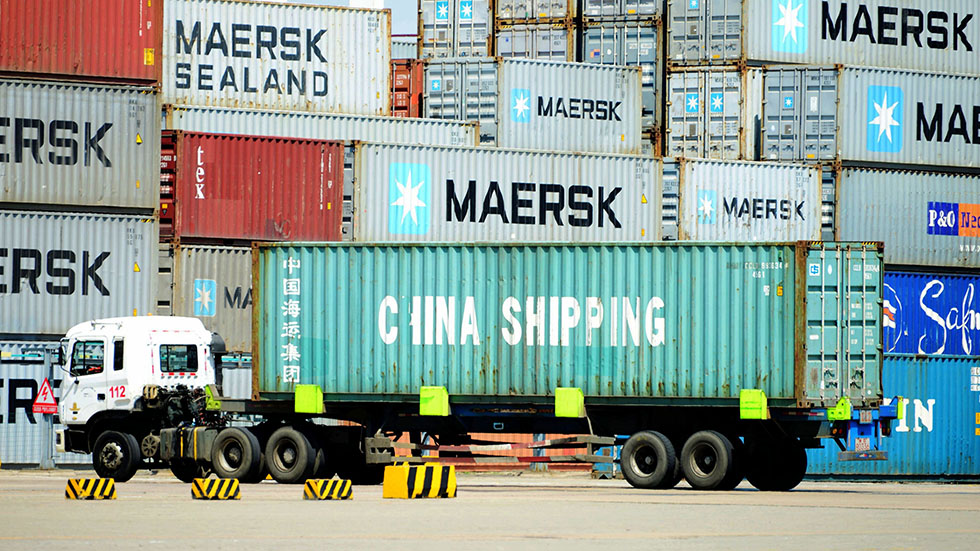By: Merrill Matthews – thehill.com – June 16, 2018
President Trump has just slapped a 25 percent tariff on about $50 billion worth of Chinese products. His complaint is that China imposes significantly higher tariffs on the U.S. than the U.S. imposes on China. According to the World Trade Organization, the president is correct.
Trump has been relentless in his assertion that China and other nations, including the G-7 countries, are taking advantage of the U.S. For example, in a recent tweet he wrote: “If we charge a country ZERO to sell their goods, and they charge us 25, 50 or even 100 percent to sell ours, it is UNFAIR and can no longer be tolerated. That is not Free or Fair Trade, it is Stupid Trade!”
It’s worth noting that we don’t actually “charge a country” to sell their products in the U.S. A tariff is a tax the U.S. government imposes on U.S. residents if they buy a foreign product or service.
When other countries impose higher tariffs and barriers on U.S. products and services, that action makes our products and services less attractive or less available to foreign consumers. That’s why Trump thinks the U.S. trade deficit is so large. One doesn’t have to be a protectionist to realize the president has a point.
According to the World Trade Organization (WTO), the U.S. imposes, on average, lower tariffs than our closest trading partners. The WTO’s interactive map highlights the “simple average applied MFN tariff” (Most Favored Nation) of various countries.
One reason for developing a WTO-type averaging is tariffs are so varied and complicated. A country may have high tariffs on some products — as Canada imposes on dairy imports — and either very low or no tariffs on many others.
For example, President Trump complains that the E.U. imposes a 10 percent tariff on U.S.-made cars, while the U.S. imposes a 2.5 percent tariff on foreign-made cars. But Trump never mentions the 25 percent tariff the U.S. puts on foreign-made light trucks. And yet Americans buy twice as many trucks as cars, magnifying the impact of the 25 percent foreign-made truck tariff.
So Trump’s point that our trading partners impose higher tariffs and more restrictions than we do appears to be correct, according to the WTO. And those higher tariffs could discourage foreign consumers from buying U.S. products, exacerbating the trade deficit.
Trump’s trade representatives have been trying to persuade other countries to lower their barriers to level the trading field, which is the right solution. But the president insists that effort has been unsuccessful and so is responding by raising U.S. tariffs.
Many economists correctly argue that a trade deficit is not a good indication of how the U.S. economy is doing — especially given that the U.S. trade deficit tends to rise when the economy is strong.
Some also argue that eliminating our barriers to trade is good for U.S. consumers whether other countries lower theirs or not. For example, both Singapore and Chinese Hong Kong impose virtually no tariffs or trade restrictions on other countries, according to the WTO.
Interestingly, Trump proposed eliminating all tariffs and trade barriers among the G-7 nations. It’s not clear that any of the G-7 leaders took him seriously, but they should. Nor is it clear that removing all trade barriers would eliminate the U.S. trade deficit. At best, it would likely only reduce it.
The problem for Trump, and it’s a problem endemic among Republicans, is that they are the worst marketers in the world. If Trump is serious about getting other countries to lower their trade barriers against the U.S., he should be highlighting the WTO assessments. That puts facts in front of the public, not just accusations.
To see this article, click read more.
![]() Source: Trump’s right, China and the G-7 countries do have higher tariffs
Source: Trump’s right, China and the G-7 countries do have higher tariffs
 Listen Online
Listen Online Watch Online
Watch Online Find a Station in Your Area
Find a Station in Your Area










 Listen Now
Listen Now Watch Online
Watch Online
